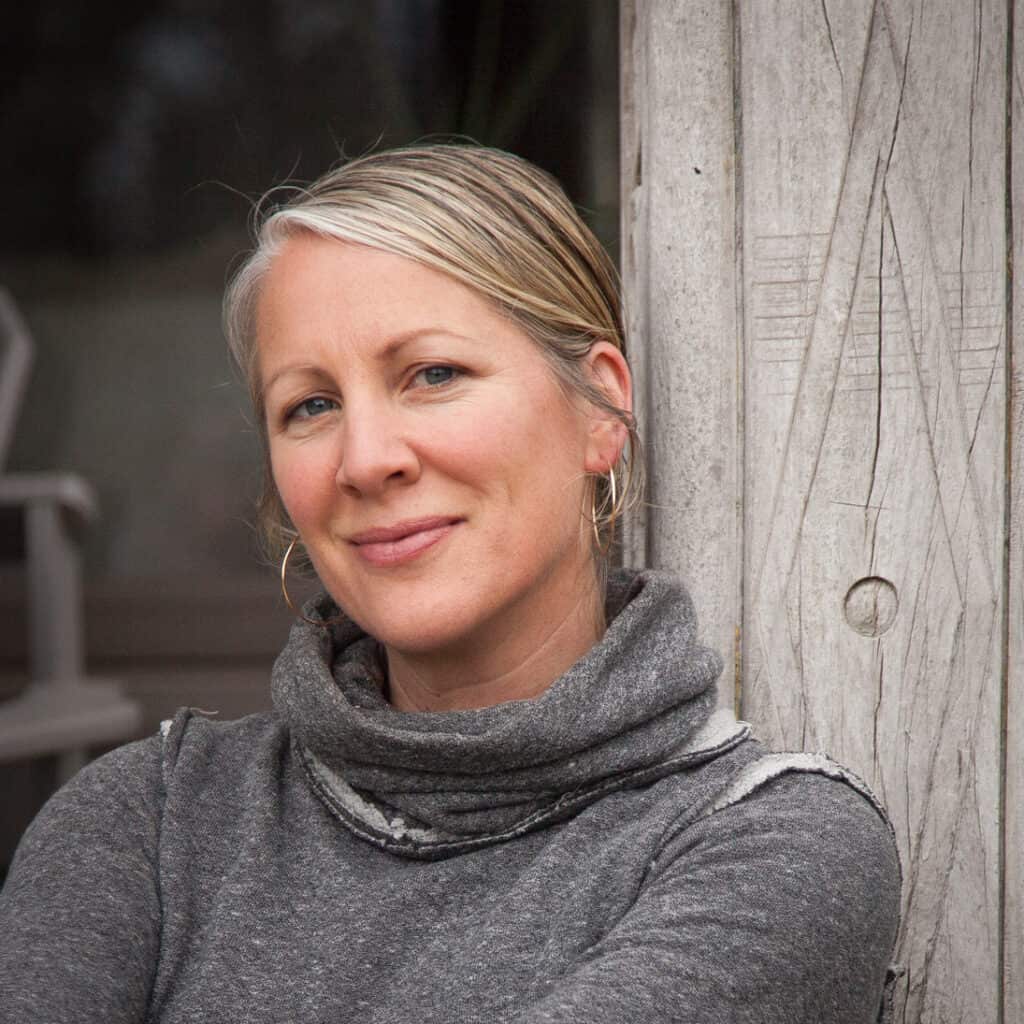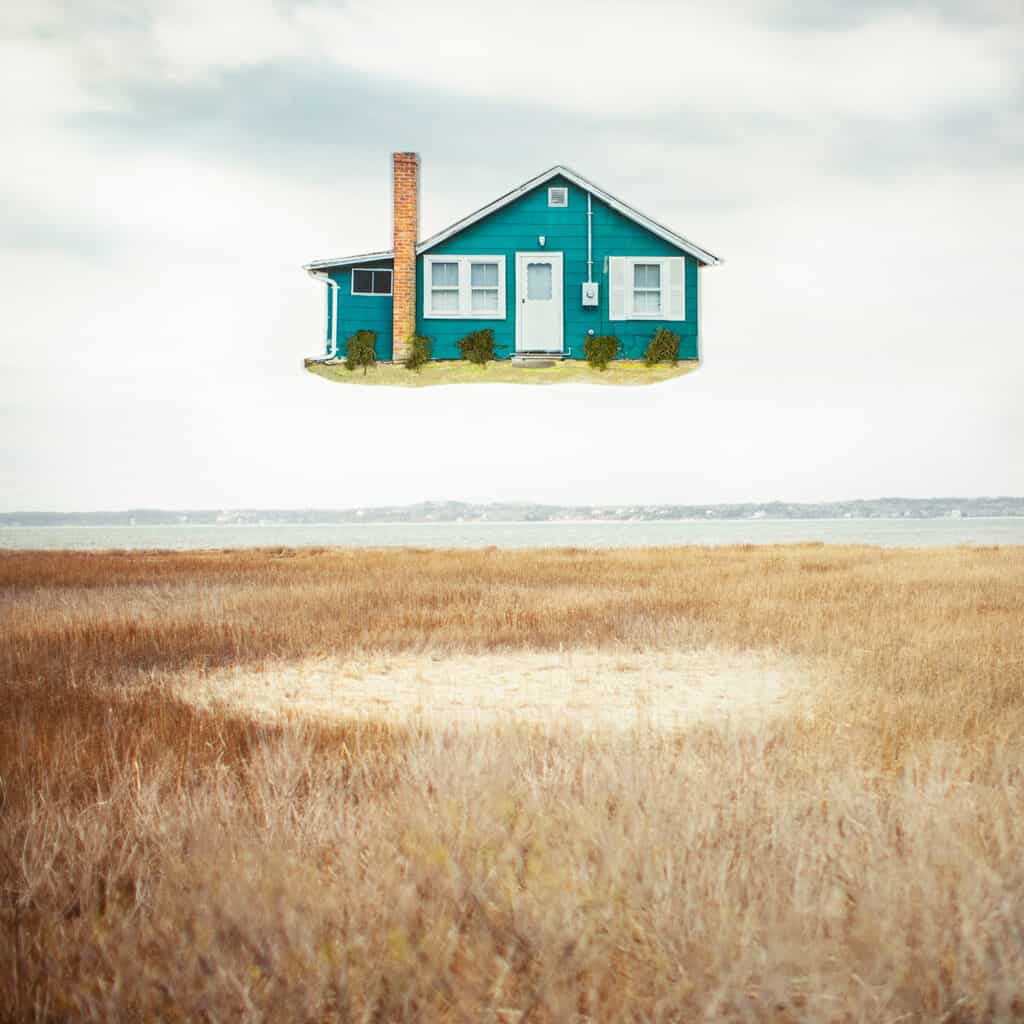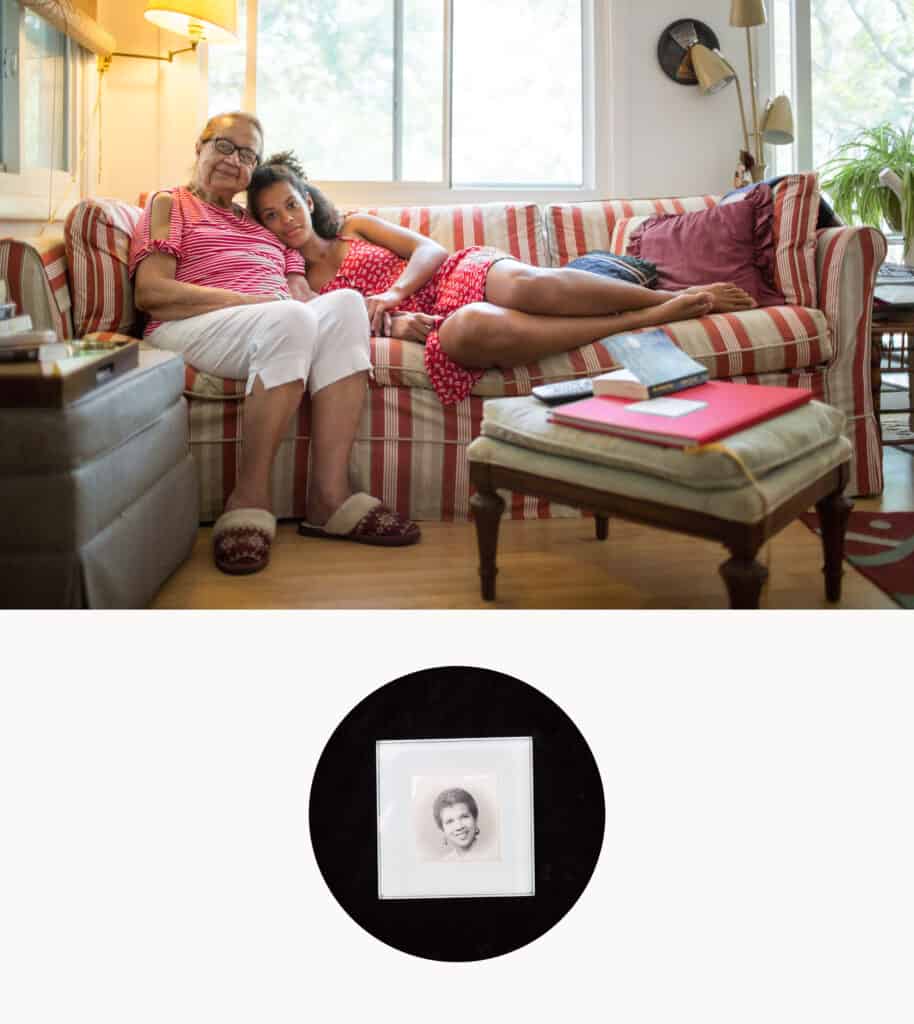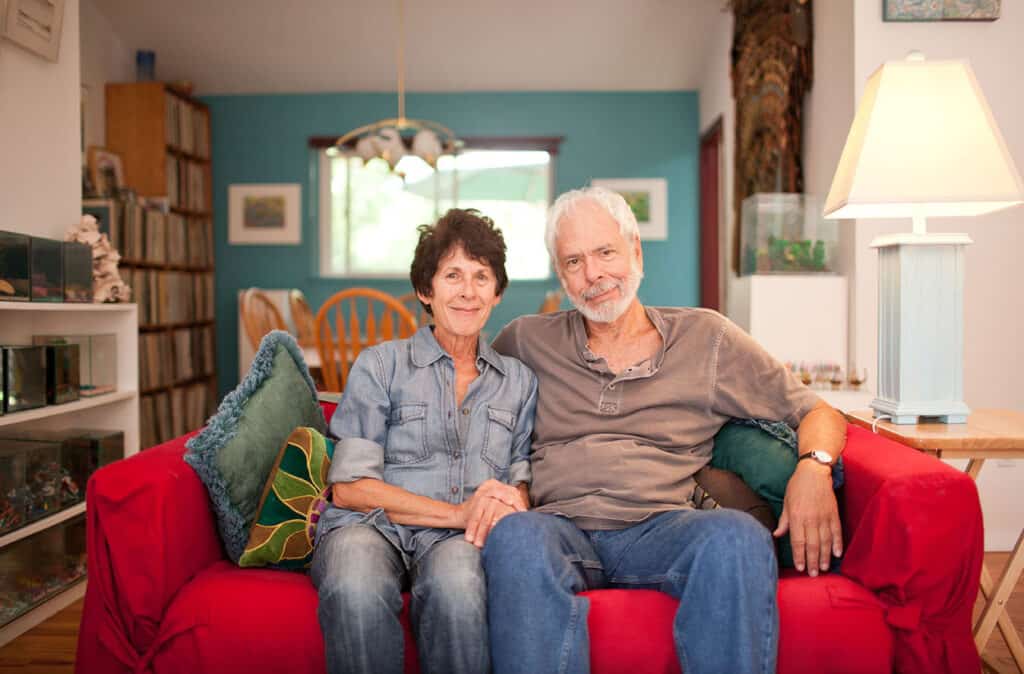The Portraits of Lindsay Morris
What does it feel like to be seen, truly seen? The power of portraits resides not in the perfection of the subject but in the revelation of their true self. Sag Harbor based photographer Lindsay Morris is known for her incredibly vibrant and poignant work documenting everything from Little Leaguers to Rikers inmates gardening, her work appearing in TIME, the New York Times Magazine, Scientific American, Vanity Fair, Marie Claire and Elle. While her subjects are diverse, the honesty of her portrayals is universal. Morris describes her artistic process, “It’s exhilarating and intimidating at the same time. There is a vulnerability on both sides of the camera, and you affect each other. Ultimately it’s the way the photographer makes the subject feel that elicits the signature look.”
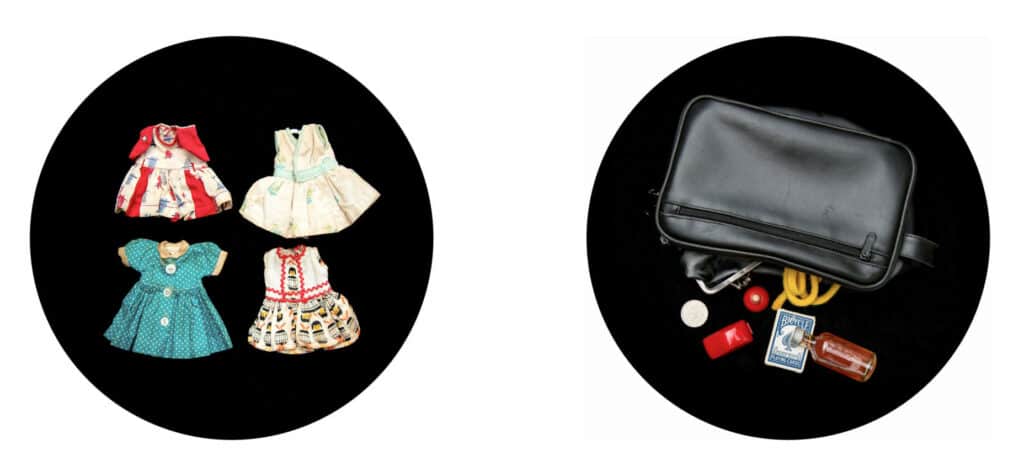
Morris grew up with an ideation of photography stemming from National Geographic where the appropriate subjects were something far away and foreign. But for her compelling work, she draws from her own personal experience. “I choose what moves me in my daily life,” she says. Her photo essay of the camp for gender non-conforming youth stemmed from her son (turned into the book You are You and part of a new project) and the series of local farmers from her role as photo editor of Edible Magazine. Morris’ process is one that requires time: time to get to know her subjects, time to earn their trust, time to make them forget she is even there with her camera. She delicately peels off the layers of make up and masks and bravado to get to their core. “They trust I won’t misrepresent them,” she explains.
Her recent project Meet Your Neighbor, now online at the Townsend Gallery, pulled her out of her own comfort zone, propelling her to get to know her neighbors some of whom she had never met over her 27 years in the area. “People look at their phones and put up their hedges and we’ve all sort of disconnected,” Morris comments, “I became enthralled with how different my neighbors are and I wondered what their houses looked like on the inside and what was their day-to-day ritual.” Her approached stemmed from a single question, “If you were to abandon your home with just one object in your hand what would you take?” Thus began a meaningful conversation and connection resulting in a portrait of the neighbor paired with their object as well as a brief audio comment. “People really want to be heard and tell their stories,” Morris comments, “I was surprised how much time they were willing to invest to talk to a stranger.”
The objects ranged from an umbilical cord to a mother’s ashes kept in a tequila bottle to a tiny violin and a feather. The emotions ranged from joy to sorrow with five of her subjects having passed away since the portrait due to old age, cancer, or suicide. “They all gave so much thought into selecting their objects,” says Morris, “They went so deeply into themselves to tell their story.”
We see Maymette at 102 with her great granddaughter Emma with a picture of her daughter who died young. Then there’s Ruby and Allen, Ruby choosing four tiny dresses she made by hand for her dolls when she was little and Allen’s nostalgia for his father’s shaving kit in which he keeps props for his magic tricks.
Each of these is paired with a series of floating houses, reflecting how the environment has changed over time in the Hamptons. “It’s not that these were great examples of architecture,” Morris explains, “But they do harken back to a time that doesn’t exist anymore and I want us to remember and think about the space we take up.”
Through the course of the project, Morris has considered it an honor to witness these stories and lives. “When I photograph my neighbors and present them with the portrait, it is the ultimate gift.”
